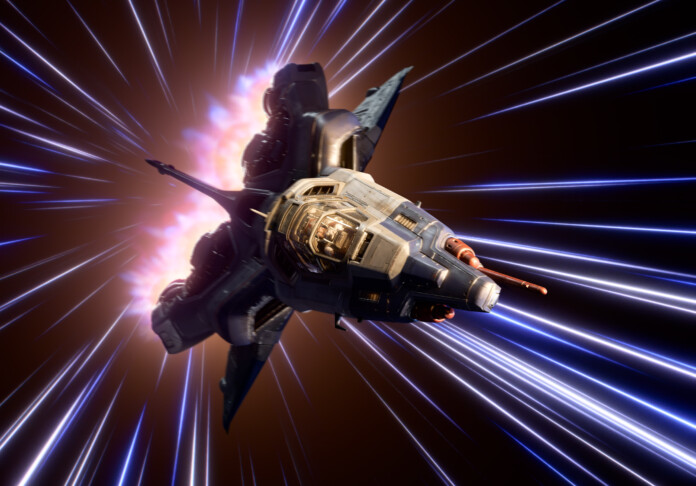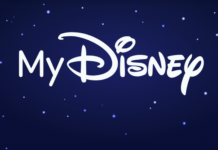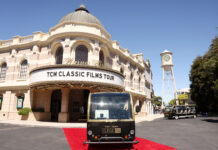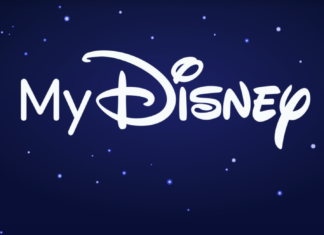This post contains affiliate links and our team will be compensated if you make a purchase after clicking on the links.
On June 17, 2022, Disney and Pixar’s 26th feature film Lightyear will hit theaters to relate the in-universe cinematic origins of Toy Story‘s Buzz Lightyear.
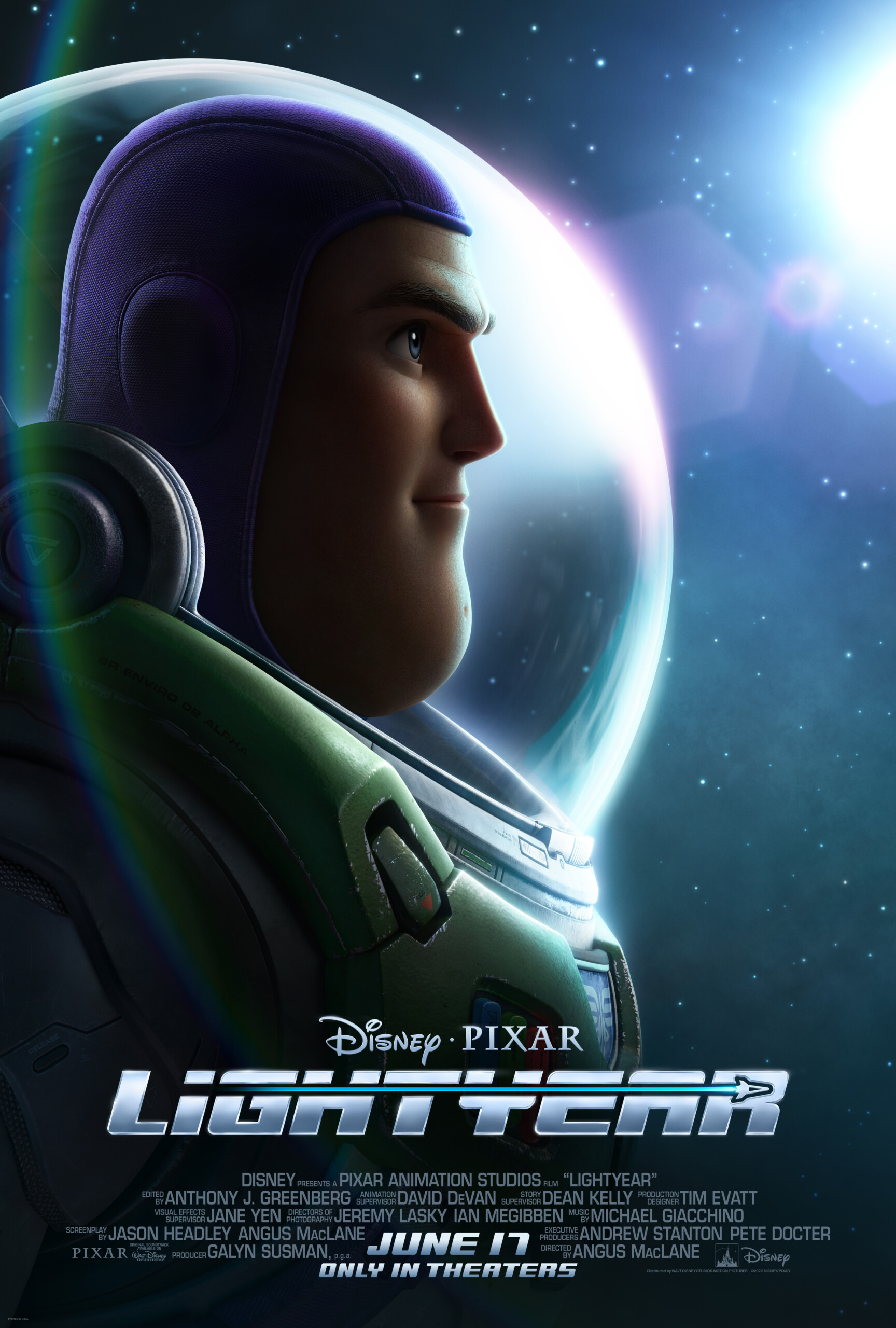
Lightyear shows us the origin story of Buzz Lightyear (the toy) in the form of the science-fiction adventure film featuring Buzz Lightyear (the human character) that captured Andy’s imagination and spawned a huge toy franchise.
For an early look at the making and development of Lightyear, Socalthrills.com was given the chance to hear from several of the creative forces behind the film including Angus MacLane(Director/Screenwriter,) Galyn Susman(Producer,) Greg Peltz(Sets Art Director,) Fran Kalal(Tailoring and Simulation Supervisor,) Jane Yen(Visual Effects Supervisor,) and Jeremy Lasky(Director of Photography.) Previously, we had heard from MacLane and Susman on the story development of Lightyear, as well as the voice cast and music–here, we learned more about the art direction and technical design that creates the distinct Lightyear look.
The Design Language of Disney and Pixar’s Lightyear
MacLane: First and foremost, I wanted Lightyear to feel like a movie. So, we decided to focus on two specific aesthetics to achieve this look. I wanted the design of the world to be cinematic, and I wanted it to be chunky.
Now, what does that mean? Cinematic…I envisioned this graphic image that would utilize high-contrast atmosphere inspired by the look of 1970s film…We have bold lighting, emphasizing the graphic and letting the detail fall away, drawing the viewer into a rich world of a tangible alien landscape. So I wanted the film to be cinematic, which could be a challenge when you’re making a film on computer, which tends to look flimsy.
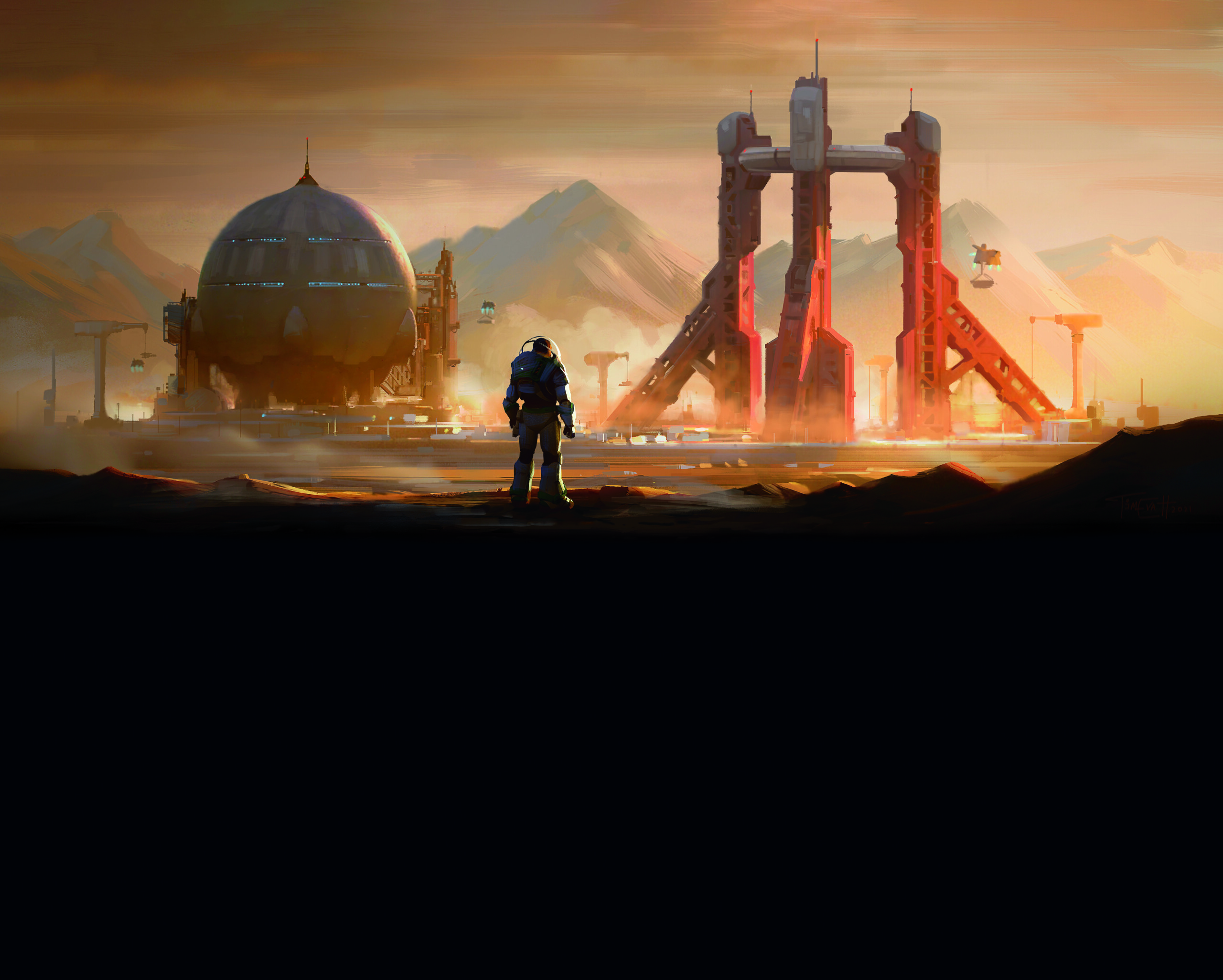
“As I said, the other quality I wanted the film to have was chunk. Now, I wanted there to be a thickness to things, an obvious construction. The original Buzz has a lot of chunk inspired by a healthy dose of NASA and Japanese anime. But we didn’t want this new Buzz to look like a toy–I wanted the technology in the world to be a pushbutton world of inefficiency. A celebration of the early 1970s and 1980s vision of the future. We tried a variety of shapes and textures to explore the design possibilities of this neo-retro future, and these early exploration sketches inspired us to settle on a clear design ethos: Rugged military aerospace design combined with the 1980s consumer electronics aesthetic. This design language informed everything in the film, from vehicles to spaceships and the sets. They were all given the same treatment. Lightyear is a film where flimsy industrial design has been eliminated and only the chunk survived.”
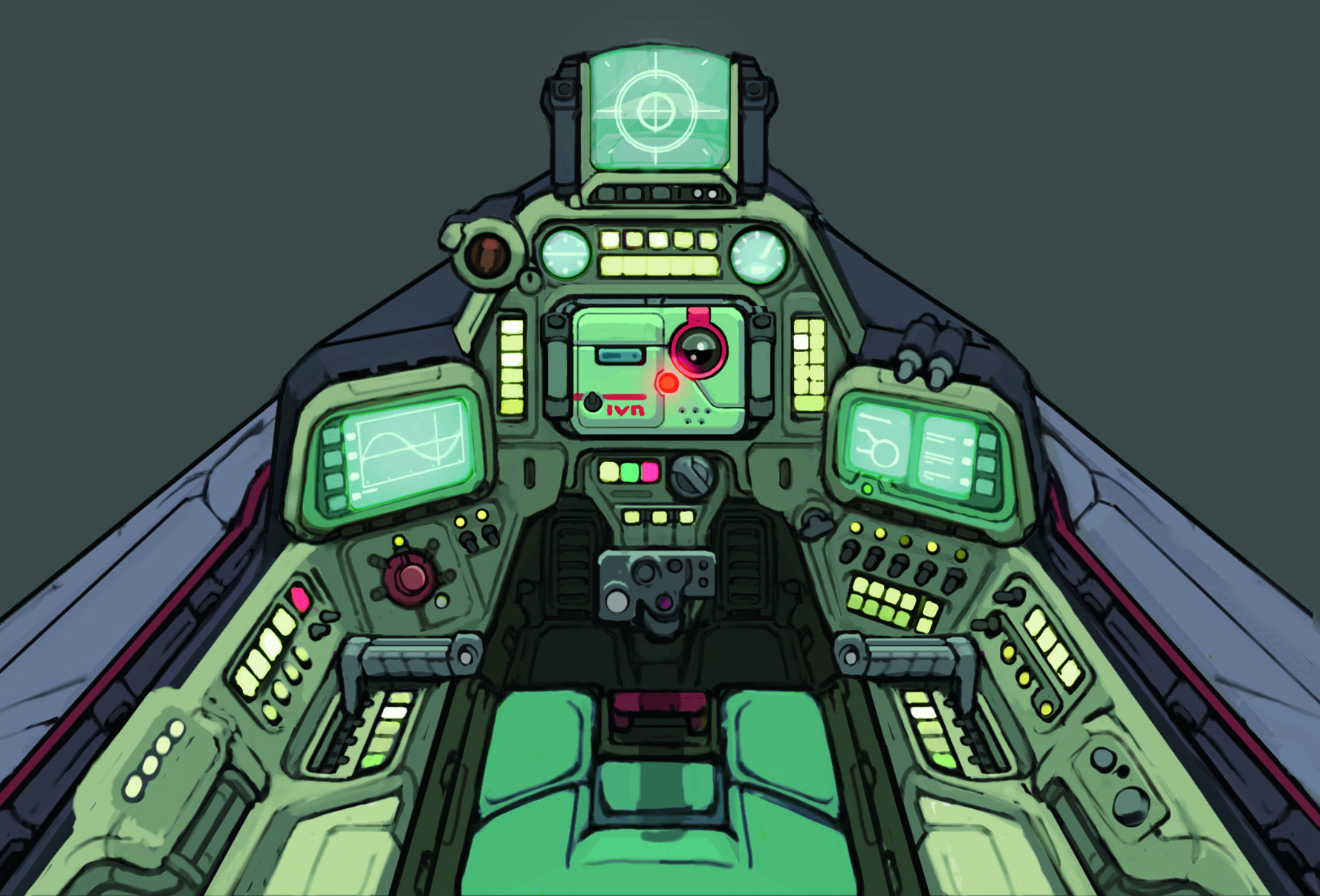
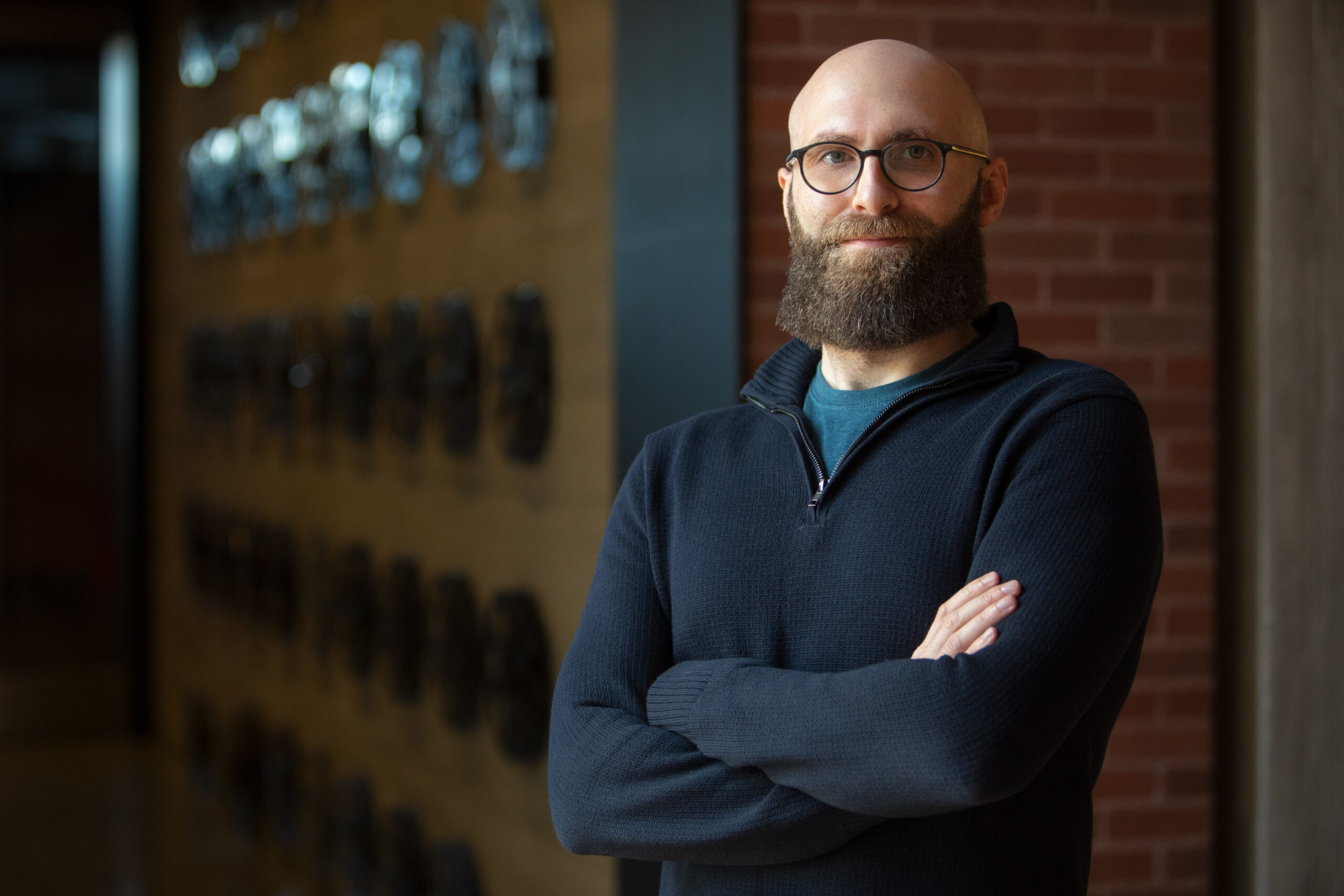
Peltz: “So the design language of Lightyear is one that’s inspired by the era, the movies, and the technology of our childhoods. As Angus already said, we envisioned the pushbutton world that was kinda thick and geometric and analog. A basic rule of thumb on our movie: There are no touch screens or cloud sharing in the world of Lightyear. It’s all Zip disks and 20-pound CRTs. In addition to looking cool, there’s kind of a toy-like appeal to the shapes, deco over style, that fits really well with the subject matter. It’s big. It’s chunky. It takes all these styling cues from ’70s aerospace design. The cockpit still has the analog control surfaces, exposed wires, buttons, knobs, levers…All sorts of neat stuff that Buzz can interact with to make for cool action on screen. In addition to looking cool, this stuff also serves a story purpose: Real cockpits have all sorts of details that shake and rattle, lights that blink, buzzers that scream while the whole vehicle shakes like crazy. Basically, space launches are a violent, chaotic event, and we wanted the designs of our ships to highlight that sense of danger so that audiences can experience that excitement for themselves while they’re watching.”
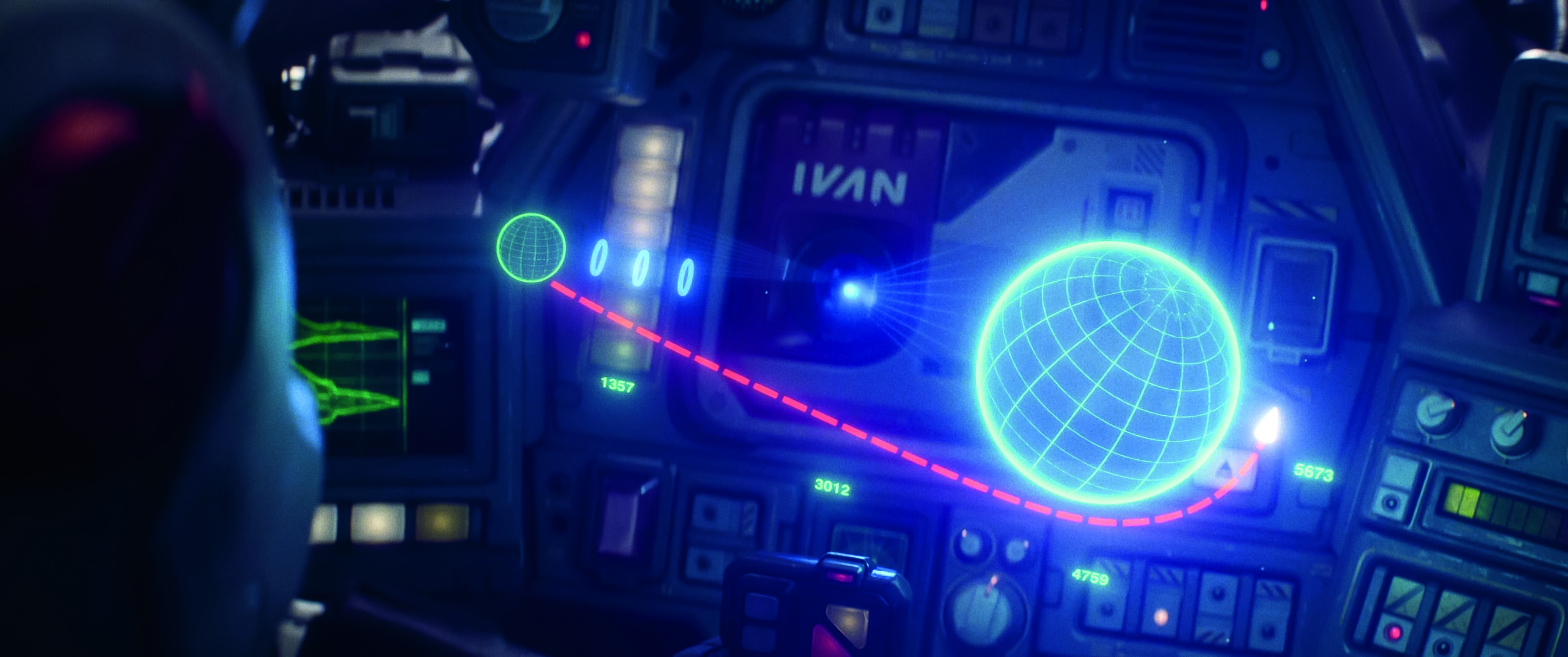
“But probably the single-most exciting thing I got to personally work on was Zurg. He’s a key character in the Buzz Lightyear mythos, and I can’t really talk about the mechanical design of our film without taking a look at our villain.
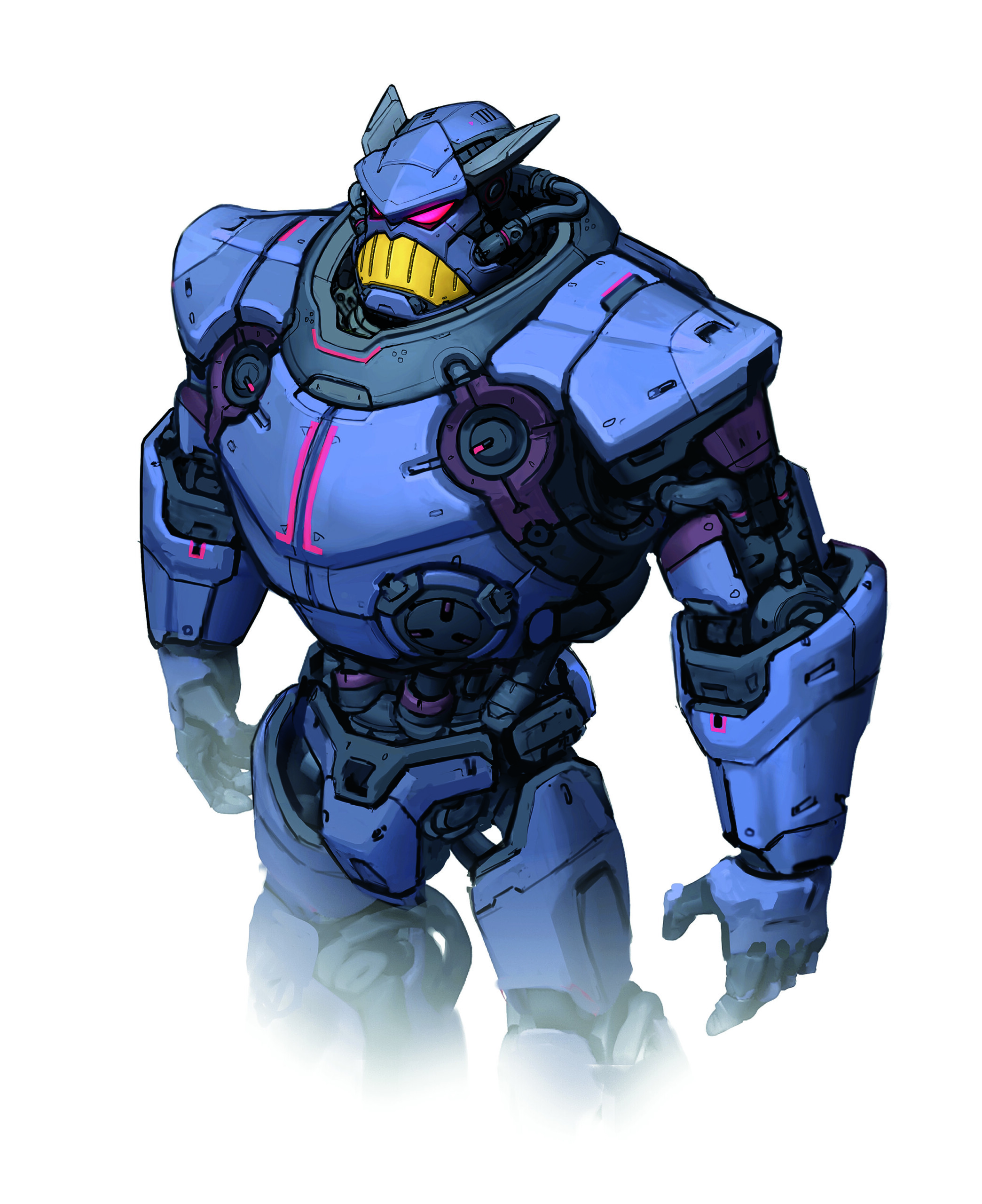
“Adapting Zurg for our film was a tall order. The original design from Toy Story 2 is iconic, and we wanted to draw from that source material as much as possible. At the same time, our movie has a look that is more mature and detailed than the original toy version of the character, so we needed our Zurg to fit within that new aesthetic that we’ve developed for a sci-fi world. But above all, Zurg, needs to be a threat. His design had to be intimidating so that he could carry the menace and the presence that our story demanded. So taking all of those goals together, reimagining the character as a giant robot was sort of a natural fit for the character and the world that he occupies. Zurg’s design was of course influenced by our existing style, but he also needed to be visually distinct. So in addition to our other sci-fi inspirations, Zurg also takes a couple of cues from super robots and mecha in Japanese anime, of which I am personally a massive fan. It was so much fun reimagining this character into a form that exudes power and presence. Zurg is a force to be reckoned with in our movie, and he has a crazy array of awesome features that you’ll get to see him use in the film. But most importantly, Zurg’s new mechanical form doesn’t mean he’s a mindless automaton. He’s still a fully rounded character just like the rest of our cast.”

Lasky: “We tried to quantify or qualify what Angus’s goals were for the look of the film for us, and we decided on three main areas: Cohesive, clear, and cinematic. Lightyear is a
complex film, but the storytelling always needs to be clear. An audience watching the movie is constantly being bombarded with information, whether through sound or visuals. It’s vital, therefore, to construct images that guide the audience through the film so they’re never confused about what’s happening on screen and taken out of the movie.
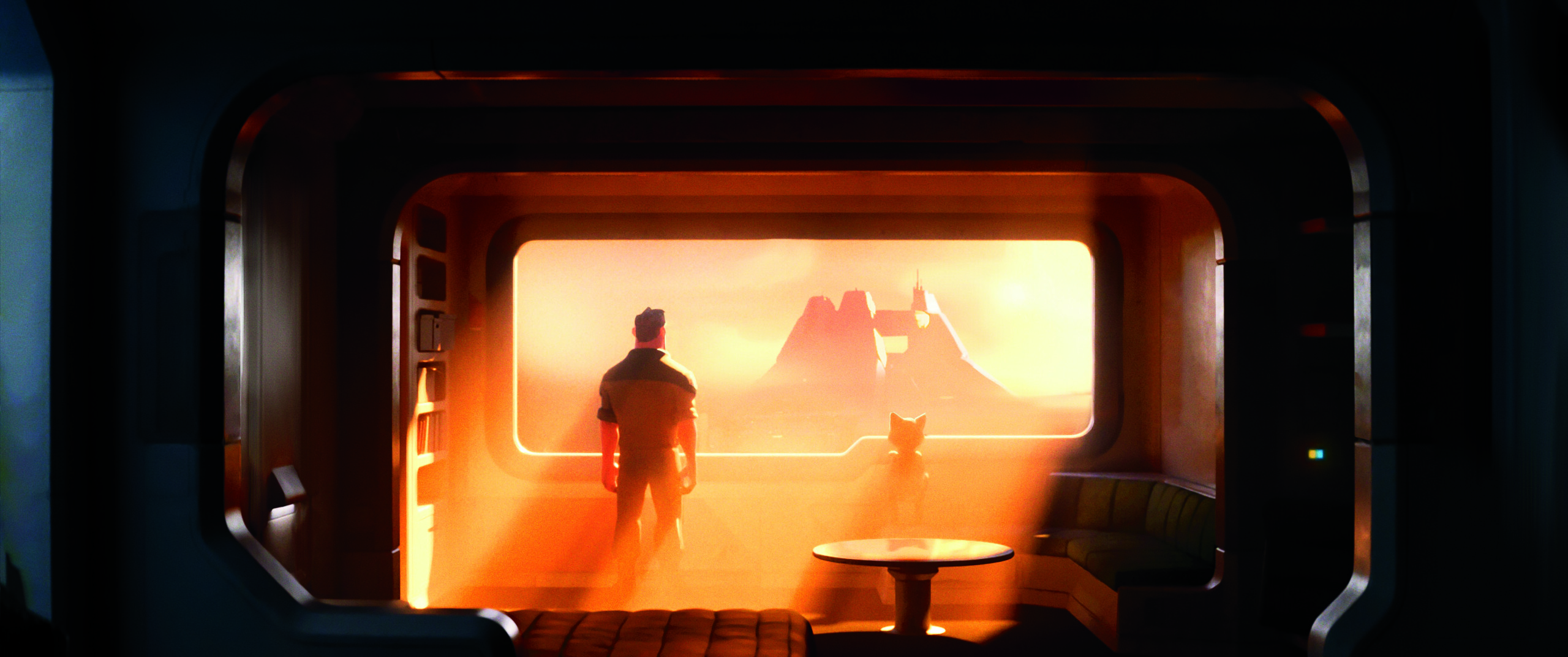
“Through the emphasis of graphic shapes over form, our shots maintain a visual clarity that help direct the audience’s attention. So in this image, although there’s a lot of information going on, it’s been organized in such a way that your eyes focus right on the most important thing, which is Buzz. We can see, if we convert that image to black and white, it really brings out those-those graphic shapes. Production designer Tim Evatt did this beautiful set of paintings during pre-production that was so inspiring to me when I came on the show–they’re great examples of compositions that clearly show the viewer what’s important in the frame by guiding the eye.”
The Cute Thing
MacLane: What is the cute thing? Well, you know, the cute thing. The protagonist’s loyal sidekick. The thing that makes you go, ‘OHH.’ Cute thing is not new. It’s been around throughout the history of cinema. For Lightyear, the cute thing is, of course, Socks the cat. He’s Buzz’s robotic companion animal designed to be a constant during Buzz’s journey through time.
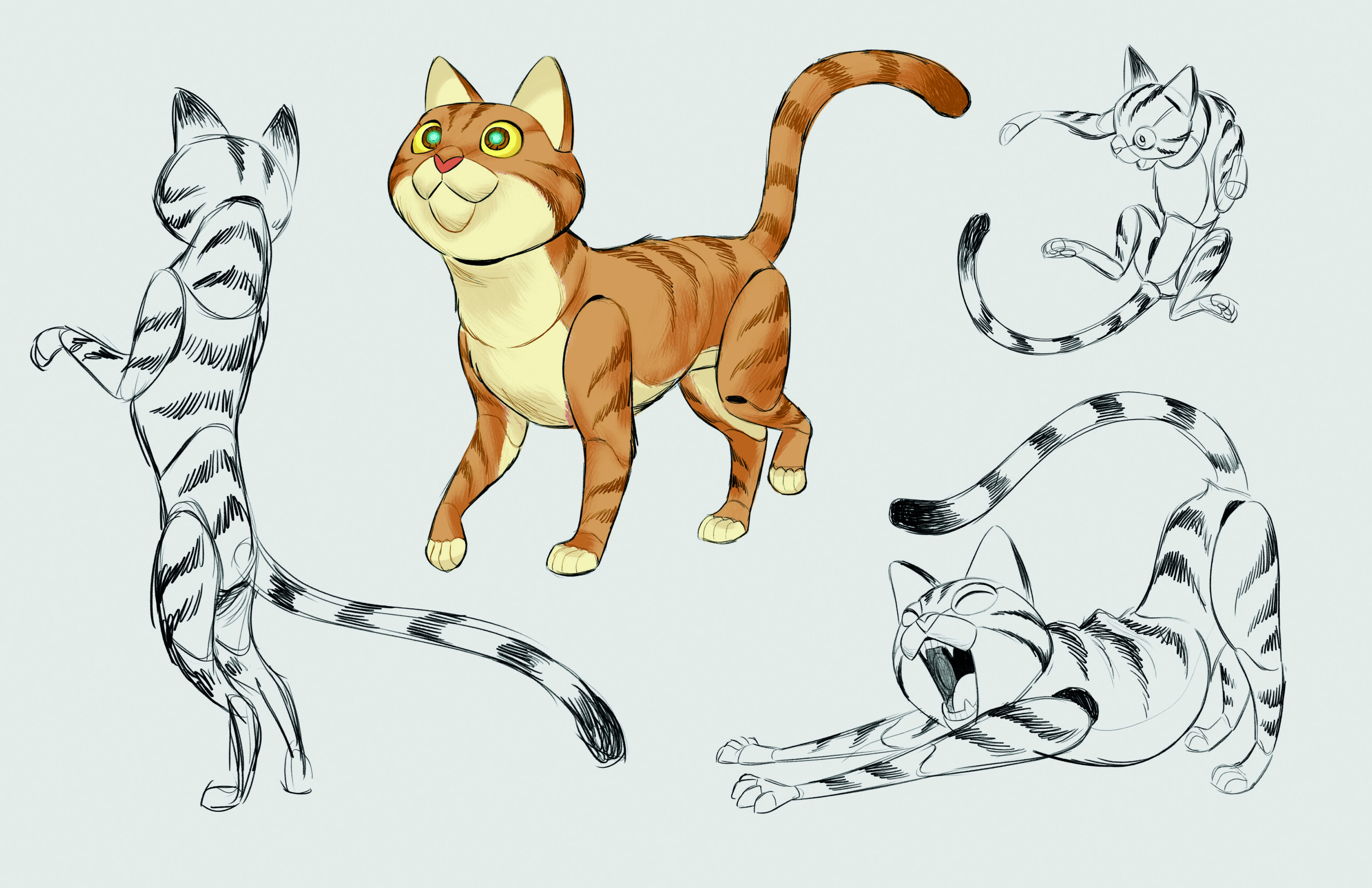
Where did he come from? Well, you should know I’m a cat person, but the idea really came from my love of limited animation. As an animator, I’d always enjoyed animating
limited characters like Wally in WALL-E, Ken in Toy Story 3, and most of the toys in the Toy Story shorts. It’s the movement limitations that provide much of the charm and comedy of these characters and I wanted something like that for Lightyear. So for Socks, I wanted a robot character with the limitations and the charm of simple, animatronic puppets.
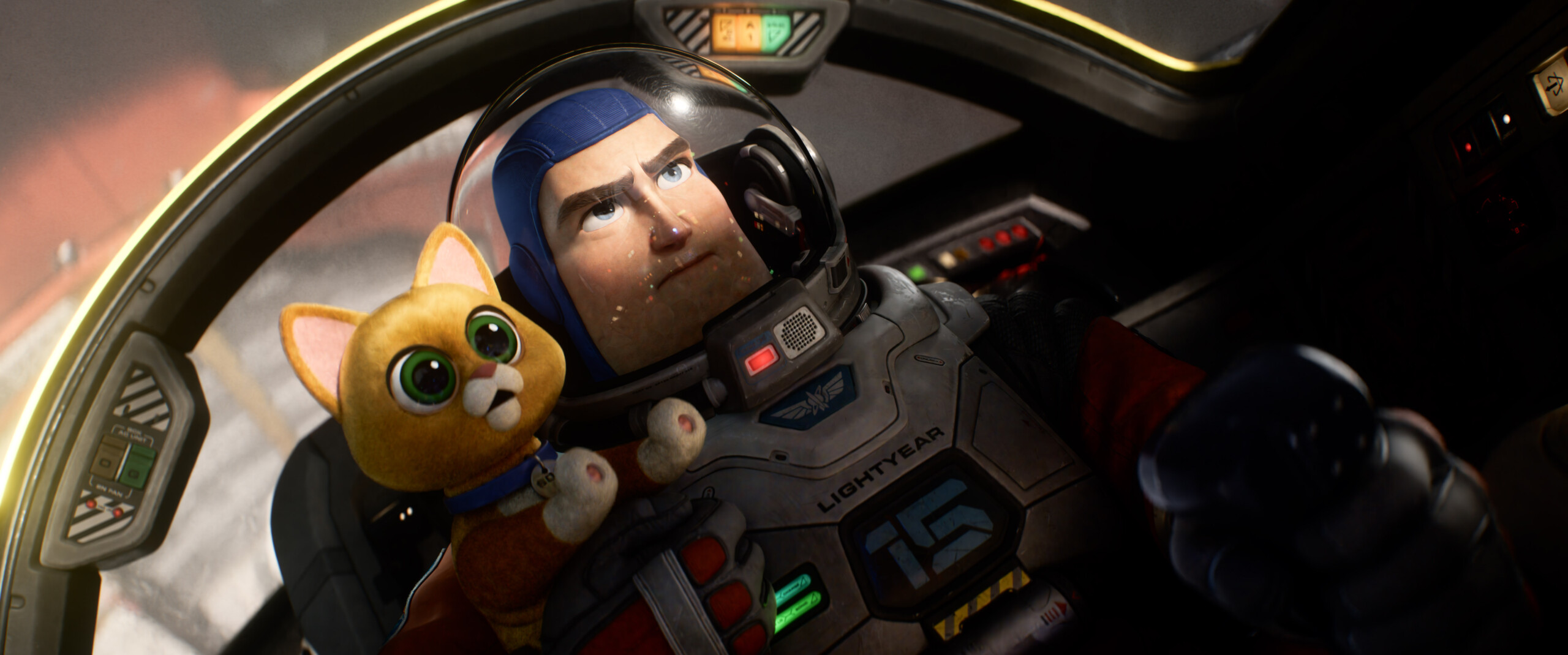
“But Socks would be this true contrast to all the other elements in the film, both in design and motion, making him stick out in a good way. Although he has limited movements, Socks is by no means helpless. He has been designed with loads of features. Here are a few of the things that Socks can do in the film–he’s got a welding laser. He’s got long-range scanners. He’s got holo-projectors. He’s got short-range sensors. He’s got a name tag. He’s got an empathy chip. He’s got quadruped locomotion. He’s got magnet feet. He’s got a self-writing mechanism. He’s got a tail. He’s got a data port in the tail. He’s got the ability to speak. He’s got a ton of features, and this isn’t even half of them.”
Q & A Highlights
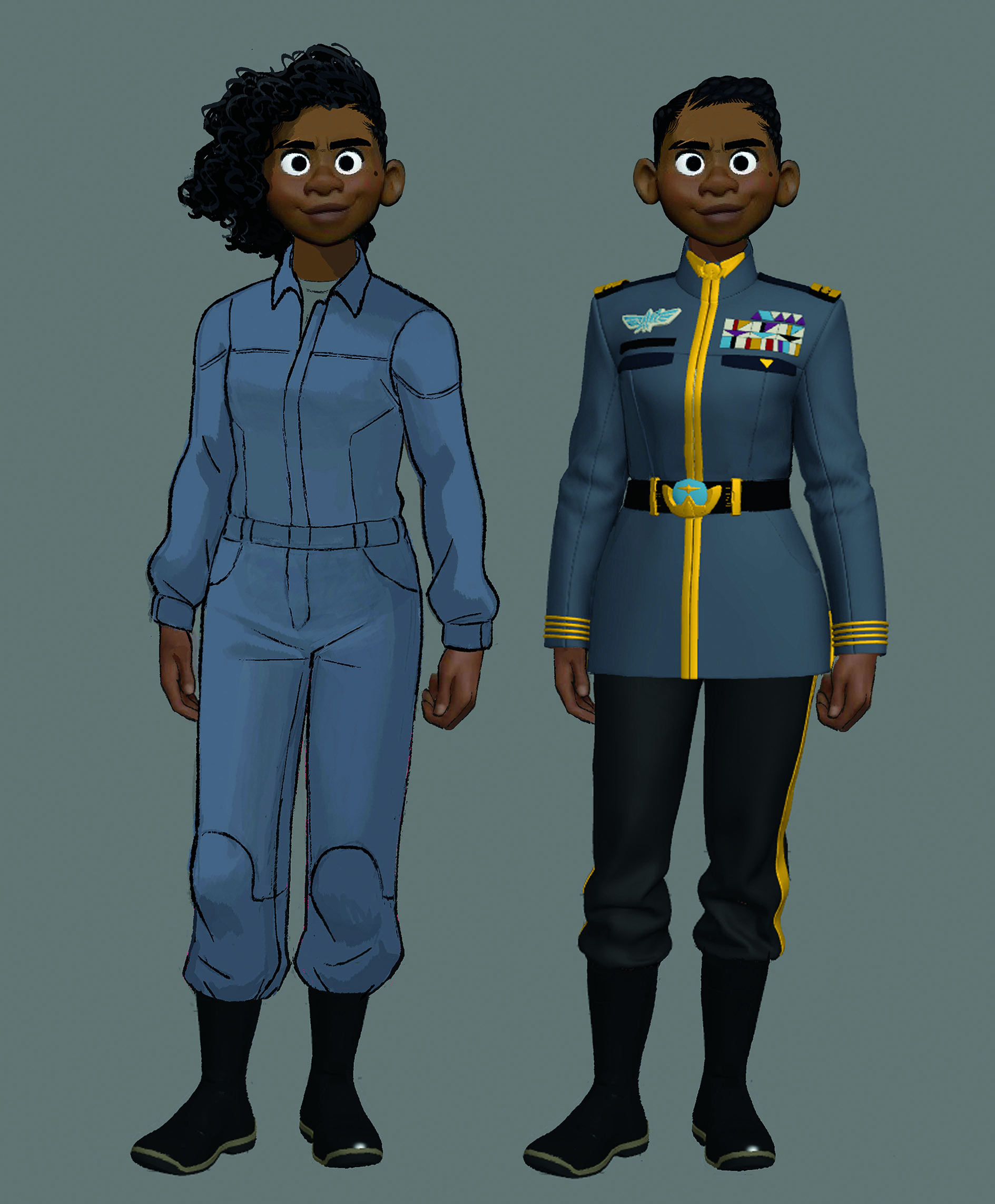
Susman on the same-sex kiss: “Alicia, Buzz’s best friend, Buzz’s commander, also is the heart of act one. She represents everything that Buzz doesn’t have–everything that Buzz gives up in his singular pursuit of fixing his mistake. So it was really important for us that we showed a life, a full life well-lived and the kiss is a poignant moment within a whole montage showing all that Buzz didn’t have by being so singularly focused. We think it’s really beautiful and hope that everybody enjoys it.”
Why “time dilation?”
MacLane: It’s just a way to tell a time travel story, a plausible time travel story that’s mostly the negative aspects of time travel. About missing stuff and jumping forward and stuff. The whole reason why there’s a time jump of four years is because that’s how long it generally takes us to make a movie. It was born from the idea of the challenges of production, of making an animated film, and that’s where the idea of the time jumps came from, was making movies.
“There have been time dilation in other sci-fi properties and stories, but it’s like how would that relate? Why would that exist? Why would we need that? How could we engineer a story using that concept? Because that idea of missing your life or jumping forward in time seems so tragic and poignant and interesting.”
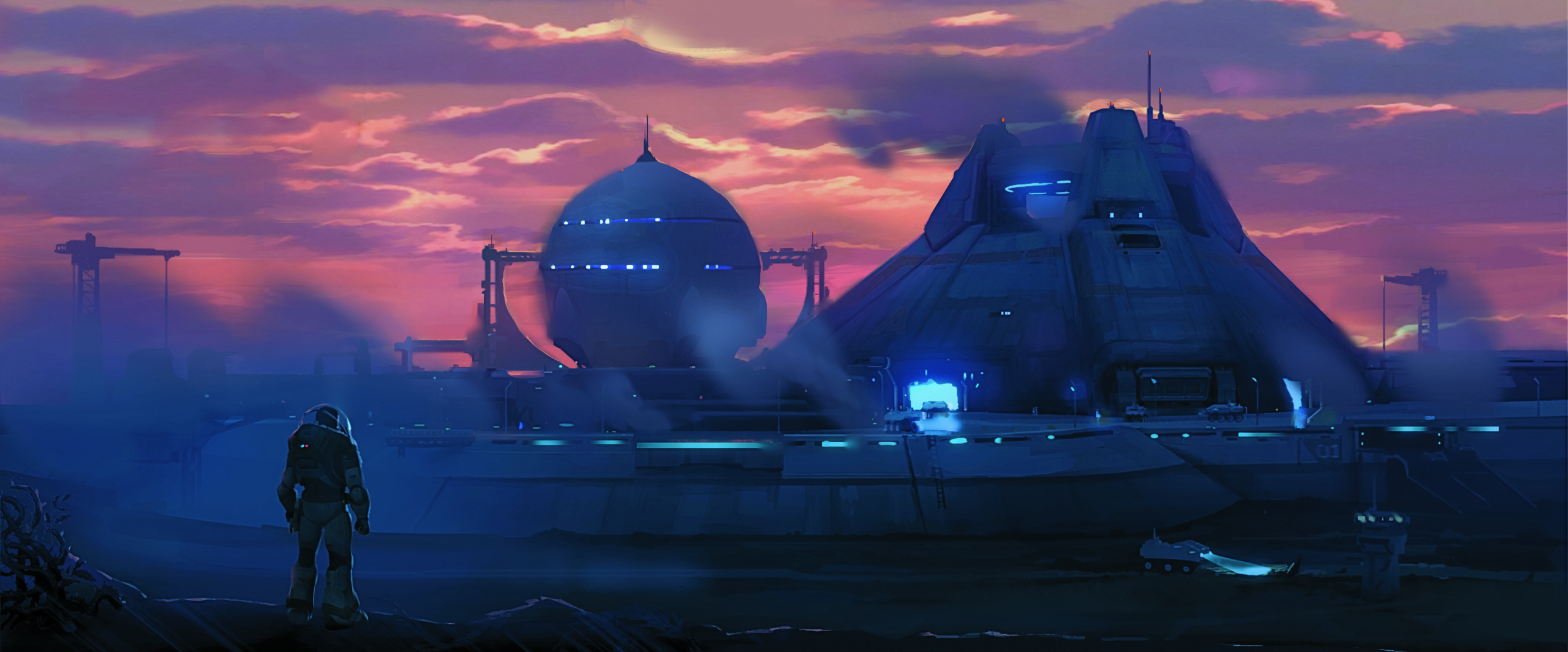
Susman: “I know that, for me, I was very attracted to this notion that one makes choices, decisions, sometimes mistakes that can shadow large chunks of your life, and you can wake up a decade later and go, why was I so obsessed with… fill in the blank. Right? That resonates with me very much, and I was very excited to try to tell that story in particular, especially with an aspirational character like Buzz. Because it helps keep you on the positive side of that discussion in the end, right? Because in the end, he’s gonna do the right thing. He’s our hero. He’s gonna take the next step. He’s gonna move forward and appreciate what he has in the present.”
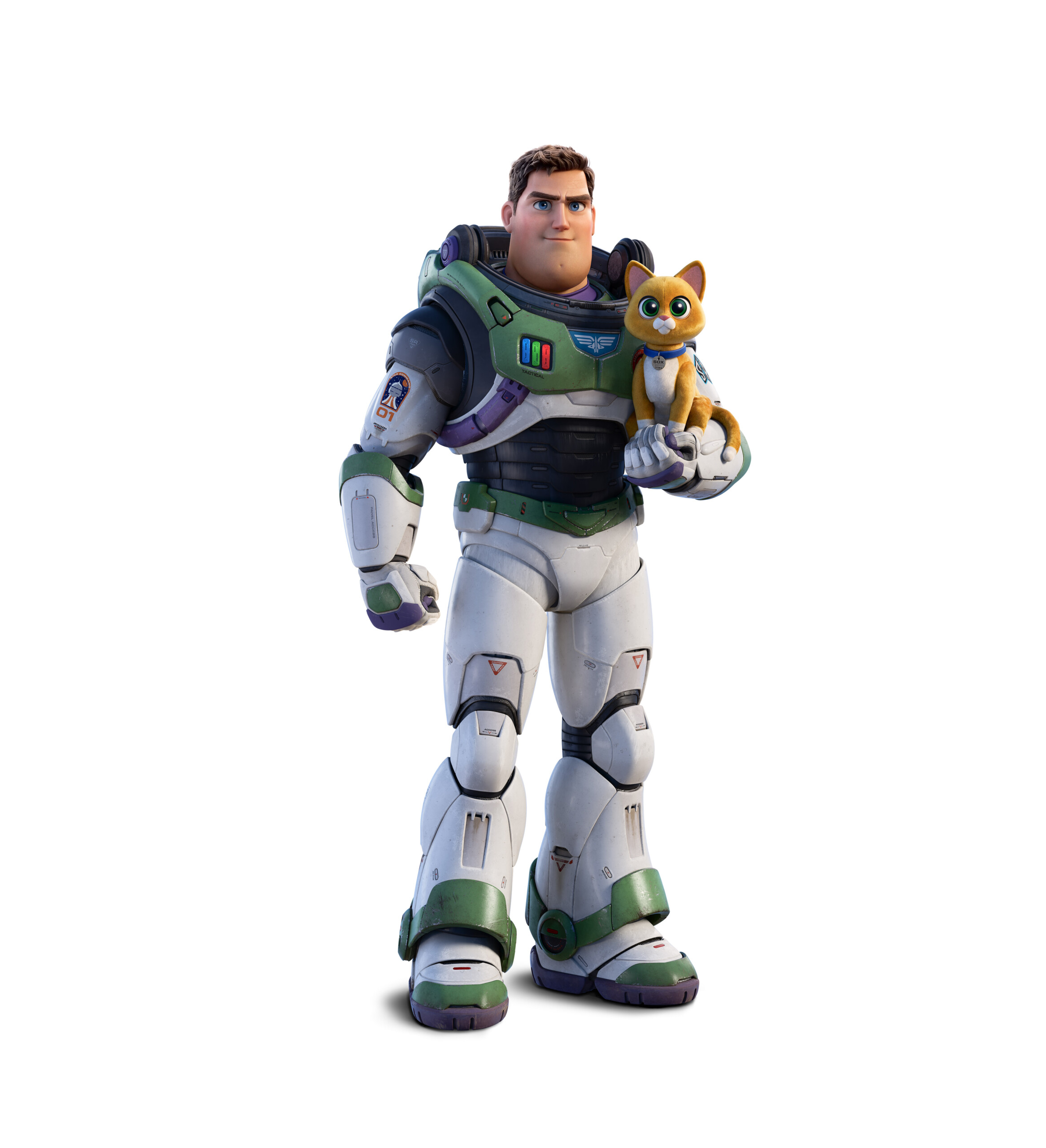
To give you a hint of the science-fiction goodness of Lightyear, here’s the new official trailer:
Disney and Pixar’s Lightyear will open in theaters on June 17, 2022.


